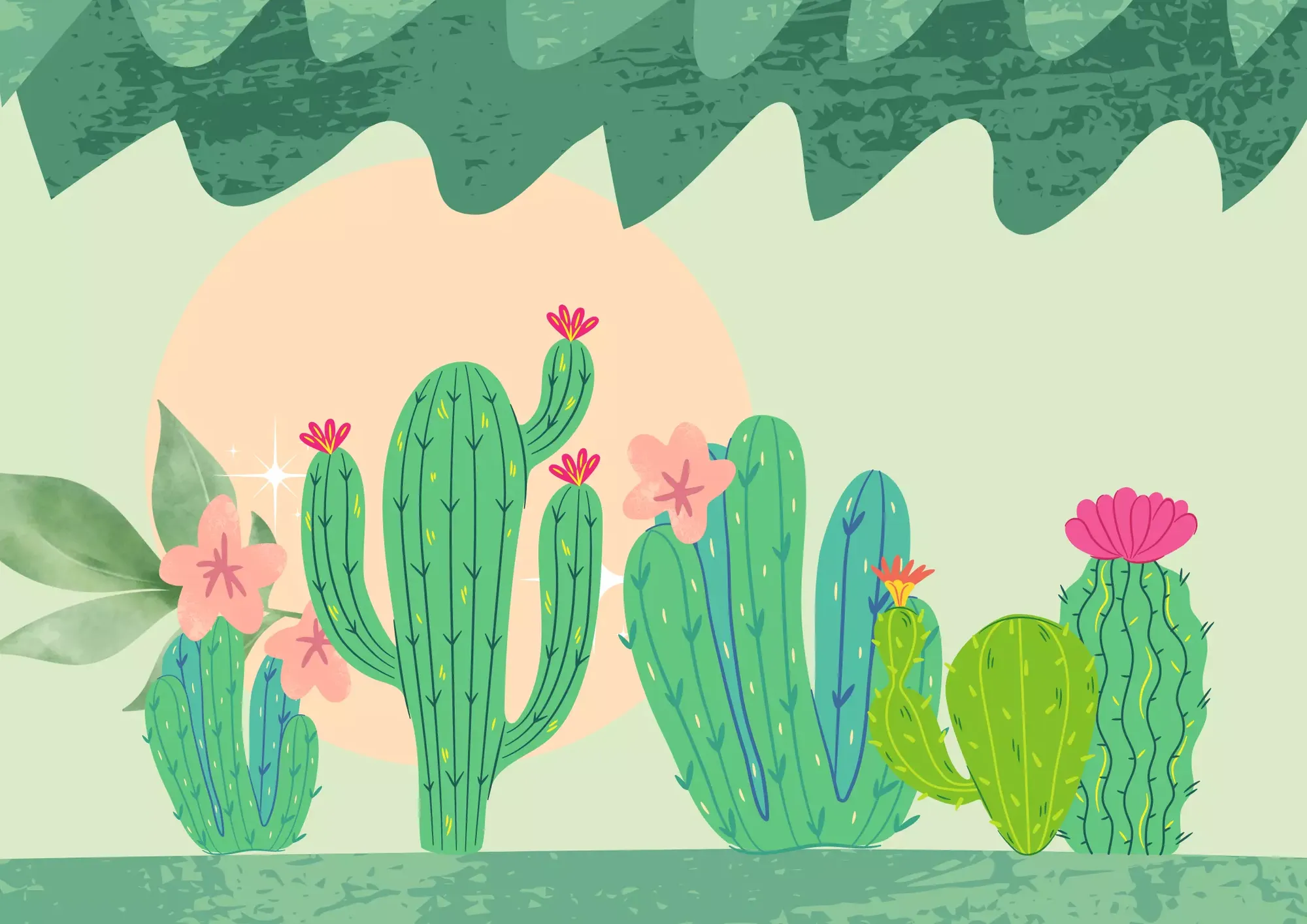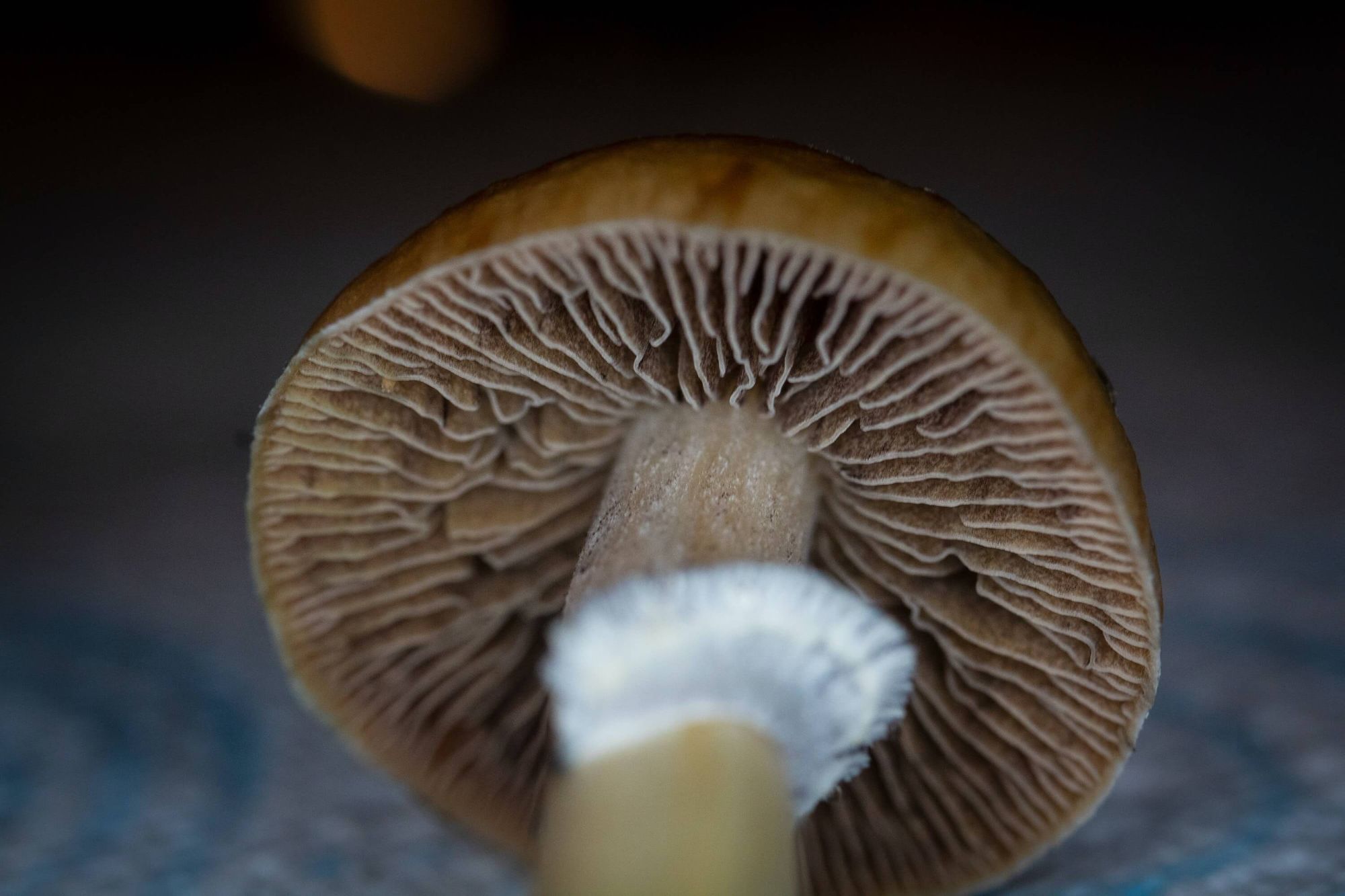Eco-Friendly Vegan Leather Suppliers For Your Ethical Fashion Brand
There is no dearth of evidence-based research which suggests that going vegan can have a tremendous positive impact on the environment. By reducing the demand for meat, we have a collective net positive impact on the current climate crisis.
According to an Oxford-based researcher, 350,000 people going vegan for a month is equivalent to removing greenhouse gas emissions from 160,000 cars or the pollution caused by about 450,000 single flights between London and Berlin!
As consumers become more and more conscious of the detrimental impacts of the business practices of large conglomerates and fast fashion brands, new and eco-conscious consumption habits have spilled over from our diets to other aspects of our lifestyles. A large part of this is our shopping habits, which are largely dominated by the fashion industry. Fashion is one of the world's most polluting industries. Not only does it produce a huge amount of carbon emission, but it also pollutes our oceans with microplastics which are eaten by our fish, and in turn can end up in our bodies. There are plenty of sustainable fabrics and production processes being adopted by major fashion brands, one of which is vegan leather. Traditionally vegan leather is made from plastic, which begs the question - is it more environmentally friendly than traditional leather? Let's find out.

What Is Vegan Leather and Is It Worse For The Planet?
While natural leather is made from the skin of animals, vegan leather stands true to its name. It is an artificially generated form of leather most often made from two different plastic polymers: polyurethane and polyvinyl chloride. That doesn't solve our problem now, does it? Polyester is the leading pollutant generated as a product of the fast fashion industry, so it does seem like vegan leather would harm the cause more than help it.
The vegan leather industry does recognize the harm it can cause. As a result of this, new and innovative fabrics have been generated from more natural and eco-friendly sources. There are companies making leather from cork, cactus, and even banana leaves! Recycled polyester is also used to make vegan leather, which can be an excellent alternative to regular polyester.

Eco-Friendly Vegan Leather Manufacturers
The extent of innovation when it comes to vegan leather manufacturers is phenomenal - they have managed to create biodegradable and semi-biodegradable leather from all kinds of plants and plant by-products.
1. Desserto
Partially biodegradable vegan leather made from Nopal cactus
Founded in 2019, Desserto is a PETA-approved alternative to leather. The founders, who hail from Mexico, created Desserto which is made with Nopal, a form of cactus.
Desserto was created after years of research and development until it was successfully showcased in Milan in 2019. It is a sustainable, humane alternative to leather. It is soft to touch and without any form of polyester or toxic chemicals. Although the material itself is only partially biodegradable, it has wide application and can be used in the fashion and the furniture industry.
The multiple use-cases and versatility of the Desserto fabric mean that it is being used across a wide range of industries and brands, some of the most popular ones being Karl Lagerfeld, H&M and Clae.
Related: Cactus Leather Explained

2. Piñatex
Vegan leather made from the by-product of the pineapple harvesting process
Created by a leather goods expert, Piñatex is vegan leather made using the by-product of the pineapple harvest, which forms its central raw material.
The founder, Dr. Carmen Hijosa was on a site visit to the Philippines when she realized how the leather goods industry was adversely impacting the environment. She was inspired by local and traditional weaving practices, as a result of which she created a fabric that can be mass-produced while being both kind to the environment, and of benefit to local communities.
Today, Piñatex has wide application because of its multipurpose nature and is used by designers and brands across a wide range of products including shoes, handbags and furnishings. A whole list of products and brands can be found on their website. There are hundreds to go through!
3. Bananatex
Waterproof fabric made entirely from banana plants
Purely a product of banana plants, Bannatex is cultivated in a natural, sustainable ecosystem of forests in the Philippines, sans any chemical treatments. After years of R&D, Banatex was developed as an open-source project and is a very viable alternative to regular synthetic fabrics that are used to make bags.
The Banantex fabric is entirely biodegradable, and they use the highest sustainability standards throughout their manufacturing process. The product is designed and developed at their studio based in Switzerland, while the actual manufacturing happens across Asia, where bananas are abundantly available.
Bananatex can be seen in application in the Good News X H&M collection, which is a unisex sneaker collection with a smaller carbon footprint than regular shoes. The fabric is used for the upper portion of their low-top sneakers, while the soles are made of recycled rubber.
4. Mylo by Bolt Threads
The power of fungi - Mylo is made from infinitely renewable mycelium cells
Mycelium cells are everywhere, renewable and sprawl across our soil, water bodies and plants, serving the purpose of breaking down organic matter to generate nutrients for plants. Bolt Threads used the power of these fungi cells to generate Mylo, a soft leather-like material that can be used as a replacement for both animal and synthetic leather. It can take on all colors and textures.
Mylo is made by first growing mycelium cells in a controlled environment where they are fed sawdust and other organic material. These cells are then harvested and processed to form a sheet of mycelium that ultimately becomes the Mylo material. Mylo has a wide range of applications and is used to make different kinds of apparel like footwear, handbags, wallets and phone cases among other products.
Mylo is already in commercial use by big brands such as Stella McCartney, Lululemon and Adidas.

5. Apple Leather
Apple leather or AppleSkin is being used by a whole host of brands and fashion designers that have come up with their innovative apple leather fabrics.
The fabric is made by combining the natural waste of apple peels with a PU base. The apple wastes are collected from farmers in the apple-producing regions of Northern Italy. It is then processed and pulverized to make sheets of vegan apple leather.
AppleSkin is Peta certified and used across a wide range of products such as handbags, shoes and upholstery.
6. Nupelle
PETA approved and follow the Global Recycling Standard
Nupelle has different types of vegan leather for different use cases. Aside from using eco polyurethane, Nupelle leathers are also sourced from biodegradable materials such as fruit waste, pineapple waste and recycle plastic.
Currently, they have four different types of vegan leather including:
- PANEX™ - it is made from waste pineapple fiber & pulps and is partially biodegradable
- Coflex™ - an eco-friendly, non-toxic suede substitute
Nupelle ships worldwide and supplies to a wide range of fashion houses including Puma and Kenneth Cole.
Given the widespread adoption of new and innovative forms of leather, there is a real chance that we can steer clear of traditional leathers that are cruel to animals while at the same time having an adverse and detrimental impact on the environment.
It is also important to understand that not all vegan leather was created equal, and the widely available vegan leather is often made from synthetic fibers which can be bad for the environment under the guise of being ethical. Therefore, it is important to do your research to pick something that works well for your brand while being kind to the environment. If you do end up choosing a fabric made of PVC, opt for up-cycled and recycled synthetic leather to minimize your carbon footprint.


